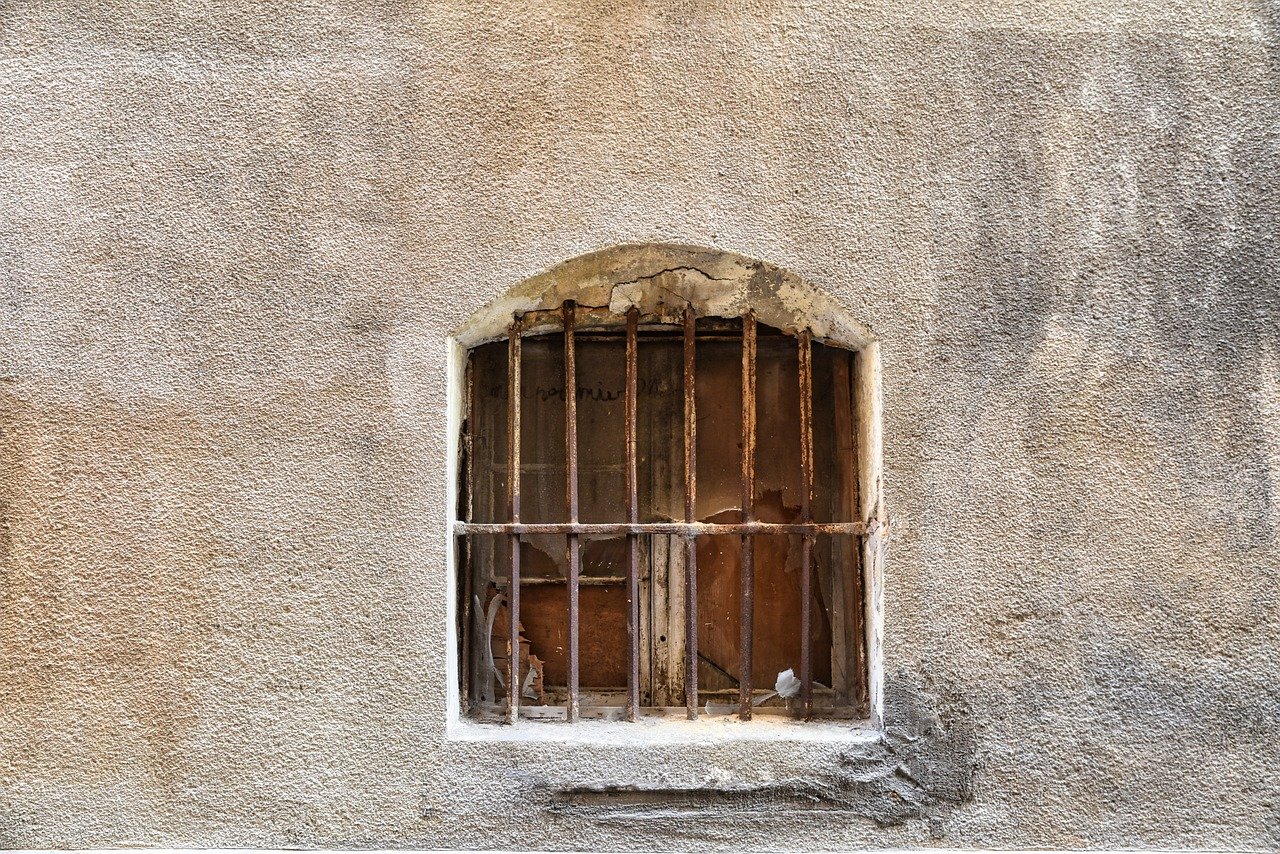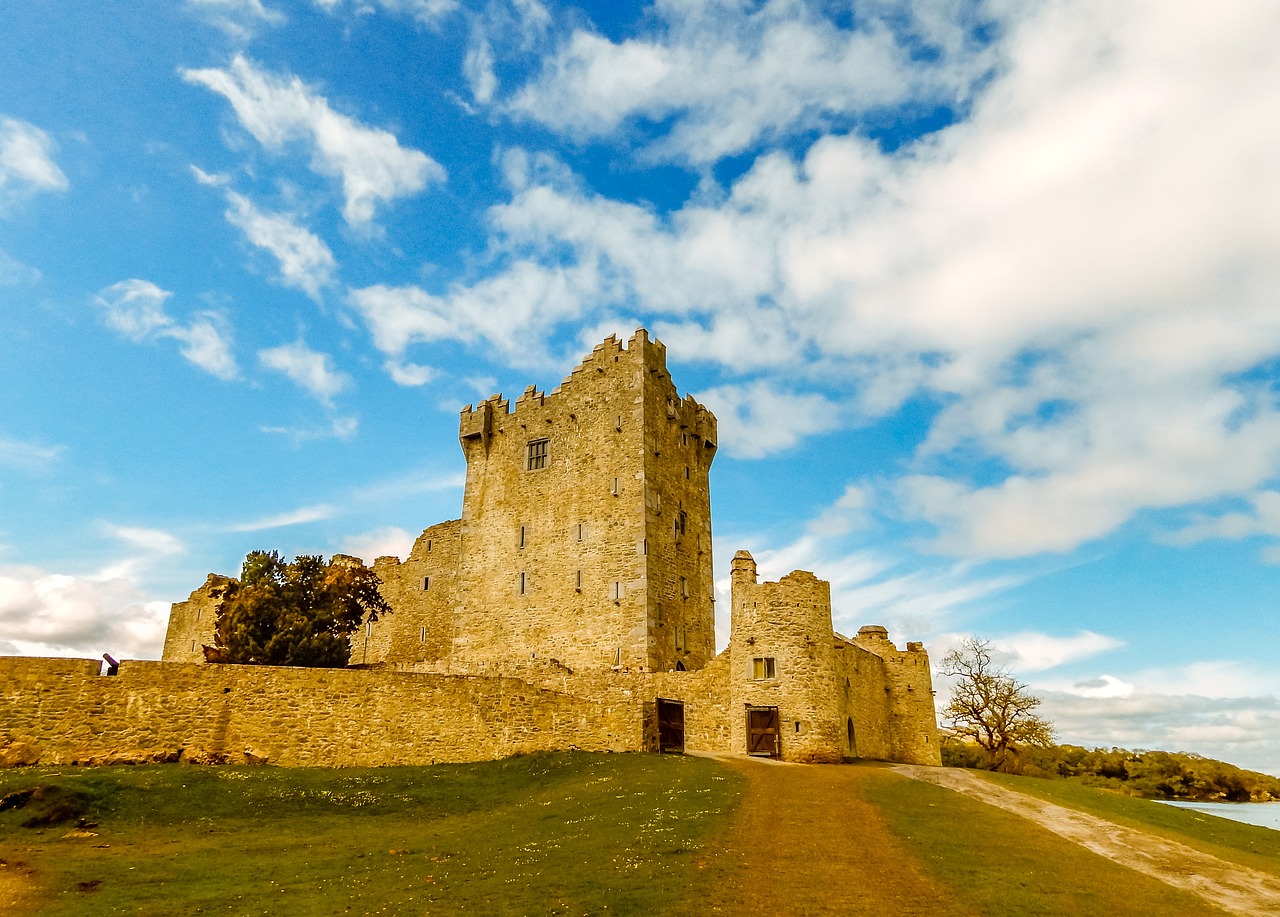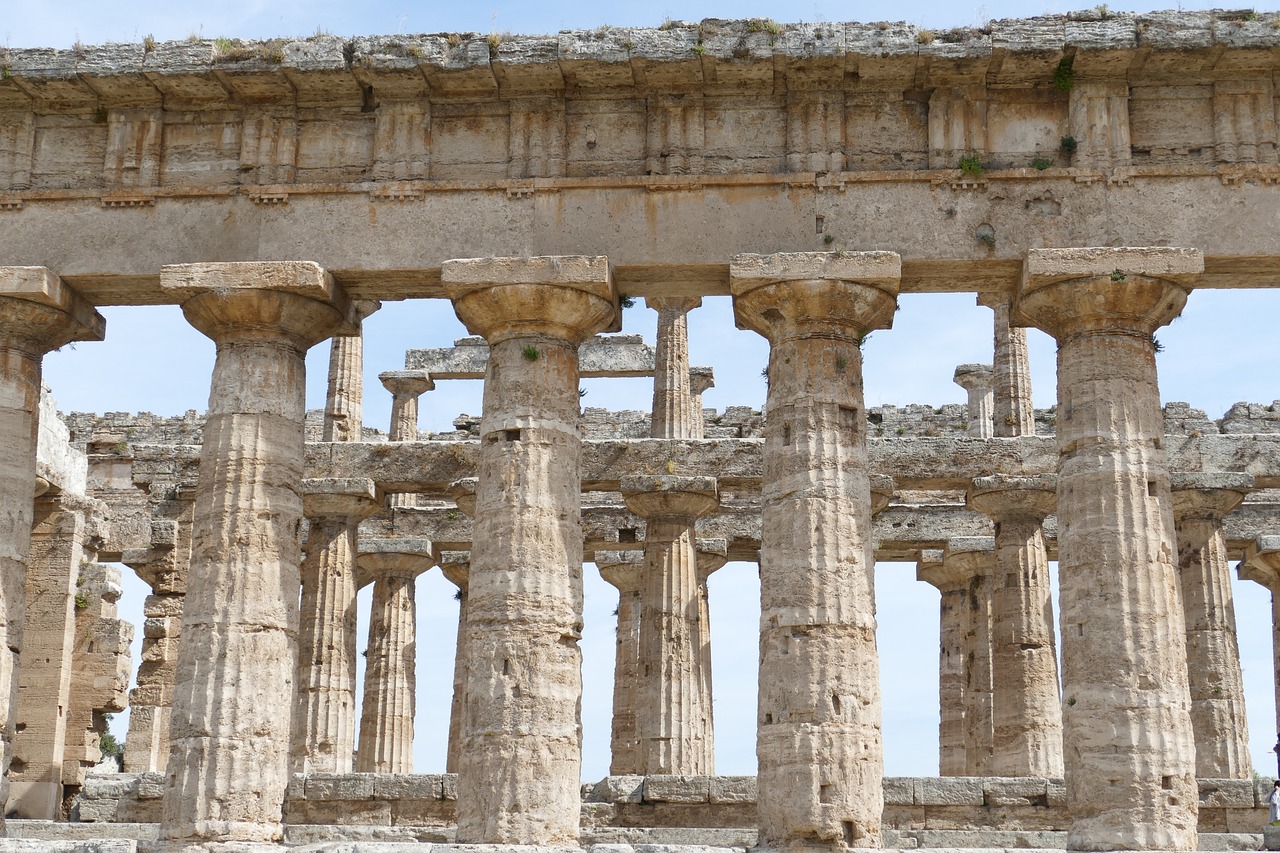The Role of Public Policy in Heritage Preservation
Public policy plays a crucial role in the preservation of cultural heritage, shaping the way societies protect and promote their historical sites and traditions. Government policies influence various aspects of heritage preservation, from funding mechanisms to regulatory frameworks and community engagement strategies. By examining how public policies impact heritage conservation efforts, we can better understand the challenges and opportunities in safeguarding our shared cultural legacy.

Historical Significance of Cultural Heritage
The historical significance of cultural heritage cannot be overstated, as it serves as a vital link to our past, shaping our present and future. Cultural heritage encompasses a wide range of tangible and intangible assets, including historic sites, artifacts, traditions, languages, and customs that have been passed down through generations. These elements not only provide us with a sense of identity and belonging but also offer valuable insights into the diverse societies and civilizations that have existed before us.
Preserving cultural heritage is crucial for maintaining a connection to our roots and understanding the evolution of human civilization. By safeguarding historical sites and artifacts, we are able to learn from the past, appreciate the achievements of our ancestors, and pass on this knowledge to future generations. Cultural heritage acts as a mirror reflecting our shared history, values, and beliefs, allowing us to appreciate the richness and diversity of human experience.
Furthermore, cultural heritage plays a significant role in fostering a sense of continuity and tradition within communities. By preserving ancient rituals, art forms, and practices, we ensure that our cultural legacy remains alive and vibrant. These traditions not only provide a source of pride and inspiration but also serve as a bridge between different generations, fostering intergenerational bonds and promoting social cohesion.
Overall, the historical significance of cultural heritage lies in its ability to preserve our collective memory, celebrate our cultural diversity, and promote mutual understanding among different societies. By recognizing the importance of cultural heritage preservation, we acknowledge the intrinsic value of our shared heritage and commit to safeguarding it for the benefit of present and future generations.

Impact of Public Policy on Preservation Efforts
When it comes to heritage preservation, the impact of public policy cannot be overstated. Government policies play a crucial role in shaping the efforts to conserve and protect cultural heritage sites and traditions. These policies serve as the foundation upon which preservation initiatives are built, influencing everything from funding allocation to community engagement strategies.
One of the key ways in which public policy affects preservation efforts is through funding mechanisms. Government policies determine how financial resources are allocated for heritage projects, whether through grants, tax incentives, or public-private partnerships. Adequate funding is essential for the maintenance and restoration of historical sites, ensuring that these valuable assets are preserved for future generations to enjoy.
Additionally, regulatory frameworks established by public policies set the guidelines for heritage conservation. These laws and regulations govern various aspects of cultural heritage protection, such as zoning restrictions, land use regulations, and the designation of historical sites. By providing a legal framework for preservation efforts, public policies help safeguard heritage sites from potential threats and ensure their long-term sustainability.
Community engagement is another critical aspect influenced by public policy in heritage preservation. Policies that promote community involvement in conservation projects foster a sense of ownership and responsibility among local residents. By actively engaging with the community, heritage preservation initiatives can gain valuable support and participation, leading to more effective outcomes in safeguarding cultural heritage.

Funding Mechanisms for Heritage Projects
When it comes to preserving our cultural heritage, securing adequate funding is essential for the success of heritage projects. Public policies play a crucial role in determining how financial resources are allocated and utilized in heritage preservation efforts. One common funding mechanism is through grants, where government agencies or private organizations provide financial support to heritage projects based on specific criteria and objectives. These grants can range from small amounts for local initiatives to substantial funding for large-scale conservation projects.
Another effective way public policies support heritage preservation is through tax incentives. By offering tax breaks or credits to individuals or businesses that contribute to heritage conservation, governments can encourage private investment in preserving cultural sites and traditions. These incentives not only stimulate financial support but also promote a sense of responsibility among stakeholders to safeguard our shared heritage.
In addition to grants and tax incentives, public-private partnerships are becoming increasingly popular as a funding mechanism for heritage projects. These collaborations between government entities, private companies, and nonprofit organizations allow for the pooling of resources and expertise to undertake complex conservation initiatives. By leveraging the strengths of different sectors, public-private partnerships can achieve greater impact and sustainability in heritage preservation.

Regulatory Frameworks for Heritage Conservation
Regulatory frameworks for heritage conservation play a crucial role in safeguarding cultural landmarks and traditions for future generations. These frameworks encompass a set of laws and regulations that govern the protection and preservation of historical sites, ensuring their integrity and significance are maintained over time. By establishing guidelines for zoning, land use, and historical designations, regulatory frameworks provide a legal framework for managing and conserving cultural heritage.
One key aspect of regulatory frameworks is the designation of heritage sites as protected areas, which restricts certain types of development or activities that could compromise their historical value. These designations are often based on comprehensive assessments of the site's cultural significance and the potential impact of proposed projects on its integrity. By establishing clear boundaries and limitations, regulatory frameworks help balance the need for development with the imperative of heritage conservation.
In addition to land use restrictions, regulatory frameworks also address issues related to conservation practices and maintenance standards for heritage sites. These regulations may outline specific requirements for the upkeep of historical buildings, monuments, or archaeological sites to ensure their long-term preservation. By setting forth guidelines for restoration, repair, and ongoing maintenance, regulatory frameworks help prevent deterioration and ensure the sustainability of cultural heritage assets.
Furthermore, regulatory frameworks often involve mechanisms for public consultation and stakeholder engagement in decision-making processes related to heritage conservation. By soliciting input from local communities, experts, and heritage organizations, policymakers can ensure that preservation efforts align with the values and priorities of those directly affected by conservation measures. This participatory approach fosters a sense of ownership and stewardship among residents, enhancing the sustainability and effectiveness of heritage preservation initiatives.

Community Engagement Strategies in Heritage Preservation
Community engagement is a vital component in the preservation of cultural heritage, as it fosters a sense of shared responsibility and ownership among local residents. By involving the community in heritage preservation efforts, public policies can ensure the sustainability of conservation initiatives for future generations.
One effective strategy for community engagement is the establishment of heritage committees or advisory boards comprised of local stakeholders, historians, and preservation experts. These bodies serve as platforms for community members to voice their opinions, contribute ideas, and actively participate in decision-making processes regarding heritage sites.
Furthermore, public policies can promote educational programs and outreach activities that raise awareness about the value of cultural heritage and the importance of its preservation. By organizing guided tours, workshops, and cultural events, communities can develop a deeper appreciation for their heritage and become more actively involved in conservation efforts.
Collaboration with local schools and universities is another effective community engagement strategy, as it allows for the integration of heritage preservation into educational curricula. Through partnerships with educational institutions, public policies can instill a sense of pride and responsibility for cultural heritage in the younger generation, ensuring its continued protection and promotion.
In addition, leveraging digital platforms and social media channels can enhance community engagement in heritage preservation. Public policies can support the development of interactive websites, virtual tours, and online forums that enable community members to share their knowledge, stories, and memories related to heritage sites, fostering a sense of belonging and connection.

Challenges Faced by Heritage Preservation Policies
Preserving cultural heritage is not without its challenges. Heritage preservation policies often face various obstacles that can hinder efforts to safeguard valuable historical sites and traditions for future generations. These challenges stem from a combination of financial, social, and political factors, creating a complex landscape for policymakers and conservationists alike.
One significant challenge faced by heritage preservation policies is the lack of adequate funding. Many heritage projects require substantial financial resources to carry out restoration, maintenance, and educational programs. However, limited budgets and competing priorities often result in insufficient funding for heritage preservation initiatives. This financial constraint can impede the implementation of comprehensive conservation strategies and put valuable cultural assets at risk of deterioration.
Another obstacle that heritage preservation policies encounter is conflicting interests among stakeholders. Balancing the needs and preferences of various groups, such as government agencies, private developers, local communities, and conservation organizations, can be a delicate task. Diverging opinions on how best to manage heritage sites and resources can lead to disagreements, delays in decision-making, and challenges in reaching consensus on preservation strategies.
Additionally, bureaucratic hurdles pose a significant challenge to effective heritage preservation policies. Complex administrative processes, regulatory requirements, and legal frameworks can create barriers to implementing conservation projects in a timely and efficient manner. Navigating through layers of bureaucracy and red tape can slow down preservation efforts, increase costs, and discourage stakeholders from actively participating in heritage conservation initiatives.
Moreover, the rapid pace of urban development and urbanization present challenges to heritage preservation policies. As cities expand and populations grow, historic sites and cultural landscapes are often threatened by urban sprawl, infrastructure development, and commercial activities. Striking a balance between accommodating modern urban needs and safeguarding heritage assets requires careful planning, innovative solutions, and proactive engagement with local communities.
In conclusion, heritage preservation policies face a myriad of challenges that require creative solutions, collaborative partnerships, and sustained commitment from all stakeholders involved. Overcoming these obstacles is essential to ensuring the long-term protection and appreciation of our cultural heritage for generations to come.

Balancing Development and Conservation Goals
When it comes to heritage preservation, striking a balance between development goals and conservation efforts is crucial. It's like walking a tightrope, where one wrong step can lead to irreversible damage to our cultural legacy. Public policies play a significant role in navigating this delicate equilibrium, aiming to protect and promote our heritage while also fostering economic growth and progress.
On one hand, development is necessary for societal advancement and prosperity. It brings jobs, infrastructure, and economic opportunities, driving progress and improving living standards. However, unchecked development can lead to the destruction of historical sites and cultural landmarks, erasing the very essence of our shared past.
Conservation, on the other hand, focuses on preserving the authenticity and integrity of heritage sites for future generations. It seeks to safeguard our cultural identity, traditions, and history, ensuring that they remain intact for years to come. Yet, conservation efforts sometimes face resistance from those prioritizing economic gains over cultural heritage.
Public policies must navigate this complex terrain by finding a middle ground that supports both development and conservation goals. This requires careful planning, stakeholder engagement, and a deep understanding of the cultural significance of heritage sites. By incorporating sustainable practices, adaptive reuse strategies, and community involvement, policymakers can ensure that development projects coexist harmoniously with heritage preservation initiatives.
Moreover, fostering a sense of shared responsibility among stakeholders is essential in achieving this balance. By encouraging collaboration between government agencies, private sector entities, local communities, and heritage experts, public policies can create a holistic approach to heritage preservation. This collaborative effort ensures that development projects consider the cultural value of heritage sites and integrate conservation principles into their design and implementation.
In essence, balancing development and conservation goals in public policy is about safeguarding our past while building for the future. It requires a thoughtful and strategic approach that considers both the economic benefits of development and the intrinsic value of cultural heritage. By finding this delicate balance, we can ensure that our heritage sites remain vibrant, relevant, and accessible for generations to come.

International Cooperation in Heritage Protection
International cooperation plays a crucial role in the protection of heritage sites worldwide. Through global agreements and partnerships, countries work together to preserve and safeguard cultural assets for future generations. These collaborations emphasize the shared responsibility of protecting heritage and promote cross-border initiatives to address common challenges.
Frequently Asked Questions
- What is the role of public policy in heritage preservation?
Public policy plays a crucial role in heritage preservation by shaping funding mechanisms, regulatory frameworks, and community engagement strategies. It influences conservation practices and public access to historical sites.
- Why is cultural heritage preservation important?
Cultural heritage preservation is essential for maintaining a sense of identity and continuity for future generations. It helps us connect with our past and understand the historical significance of our traditions and sites.
- How do public policies support heritage preservation financially?
Public policies support heritage preservation financially through various mechanisms like grants, tax incentives, and public-private partnerships. These funding sources help sustain conservation efforts.
- What are the challenges faced by heritage preservation policies?
Challenges include lack of funding, conflicting interests, and bureaucratic hurdles. Balancing development and conservation goals is also a key challenge in public policy decisions related to heritage preservation.
- How does international cooperation contribute to heritage protection?
International cooperation through global agreements and partnerships shapes public policies for heritage preservation. It emphasizes the importance of cross-border collaboration and shared responsibility in safeguarding cultural assets.



















